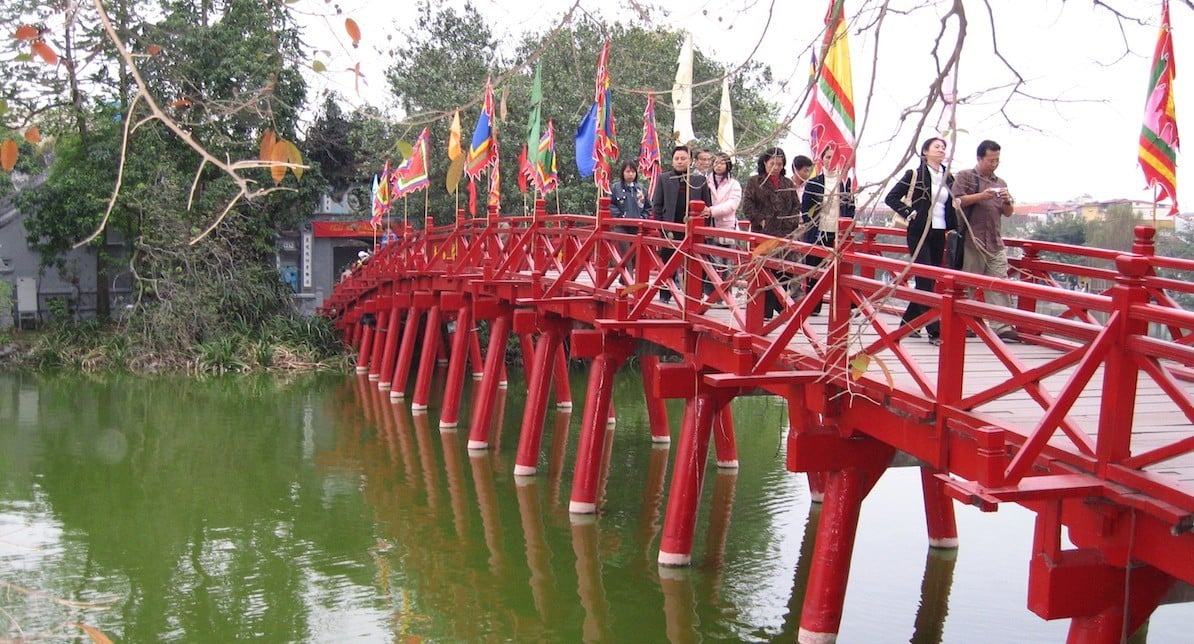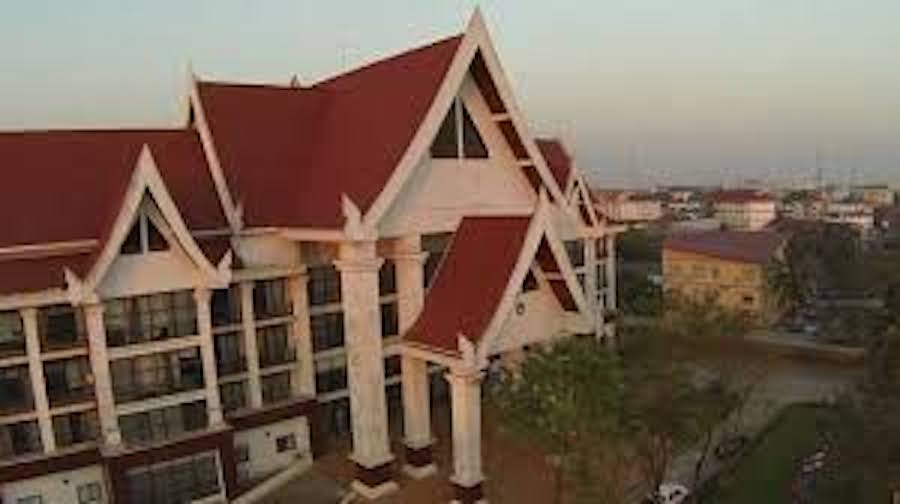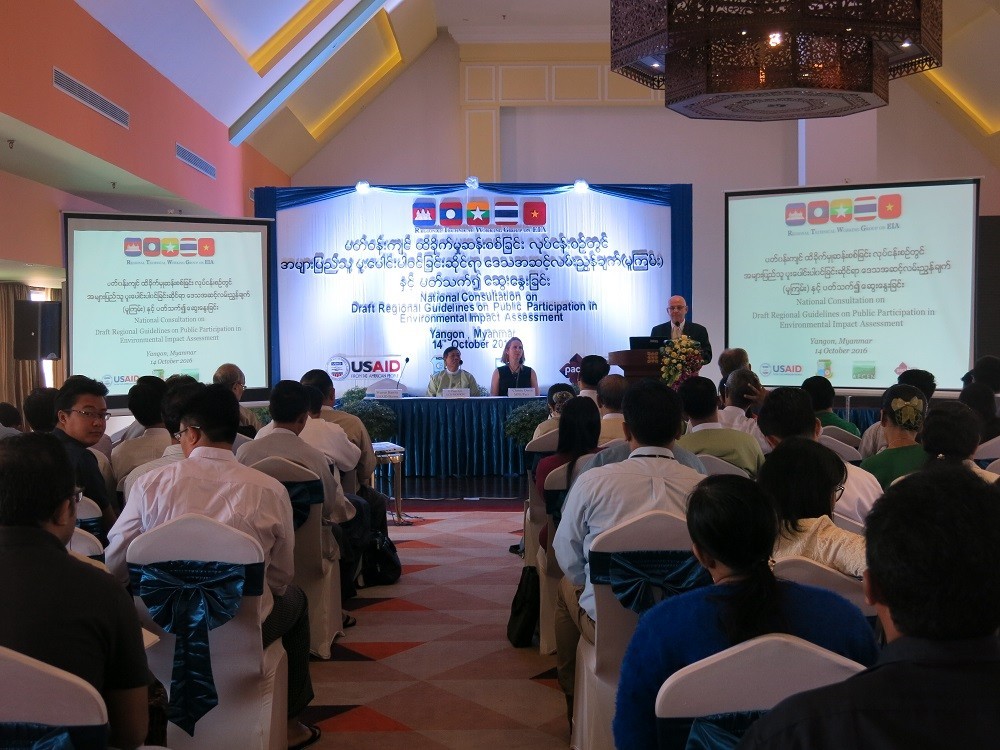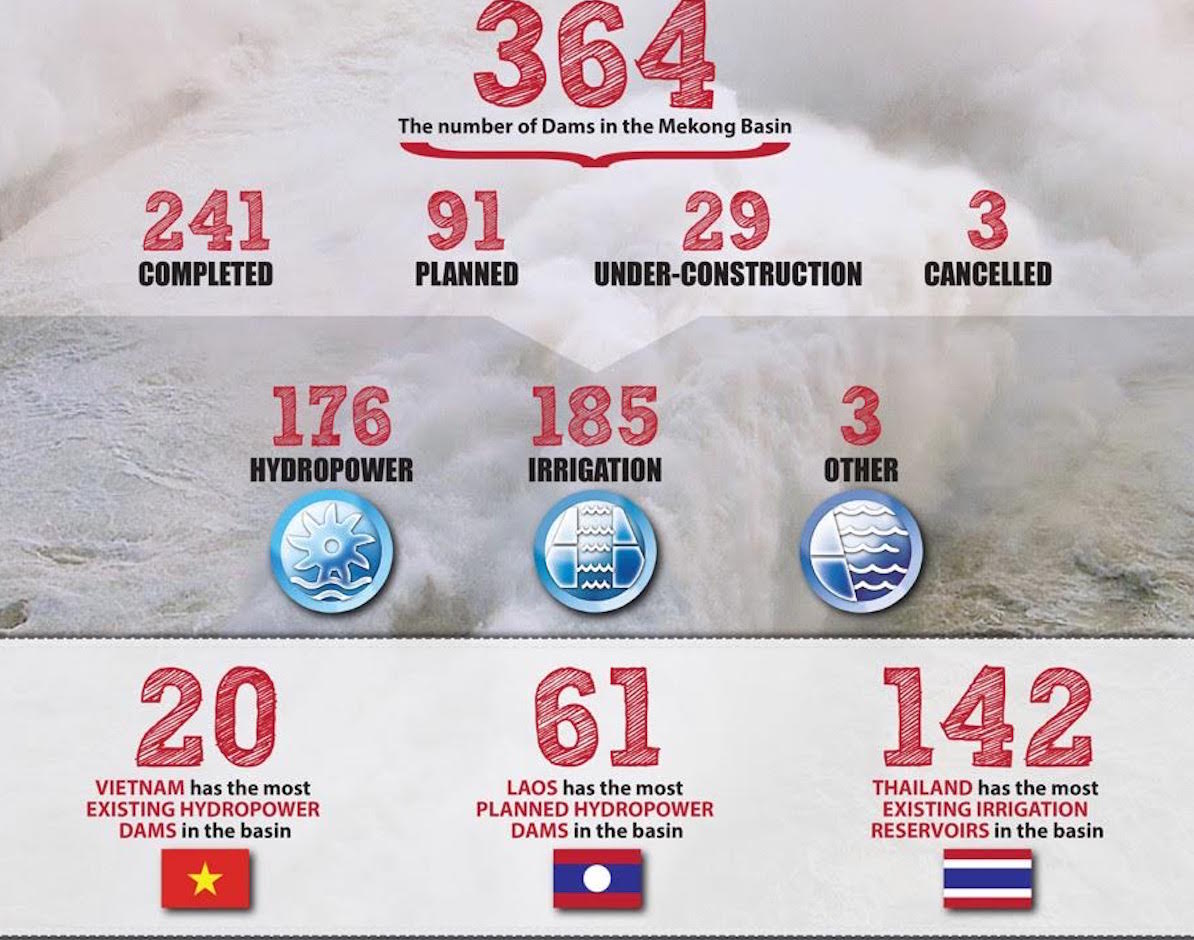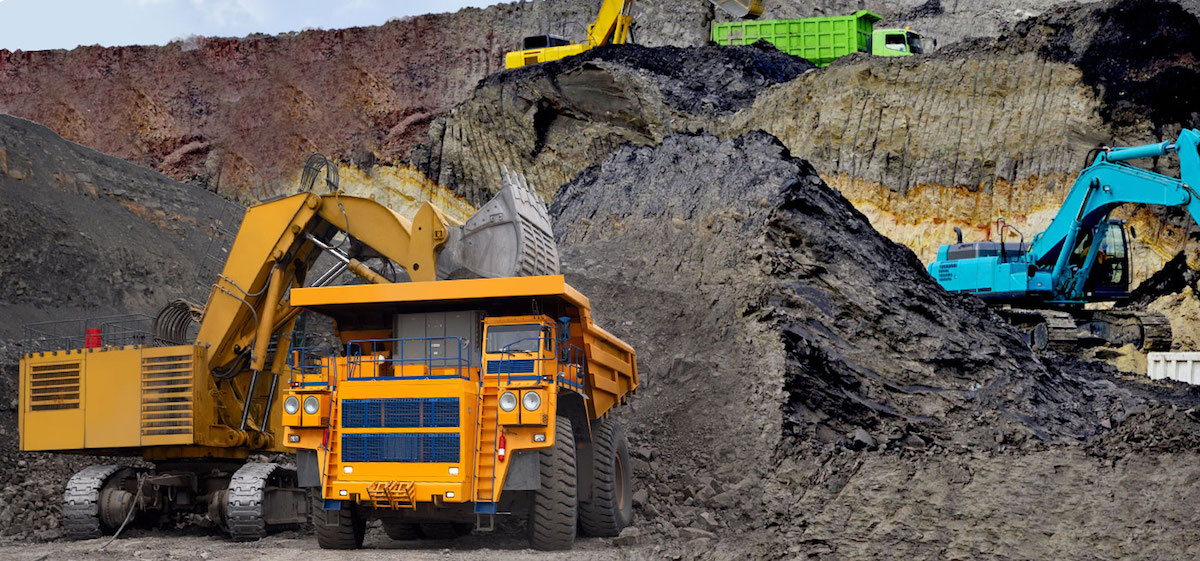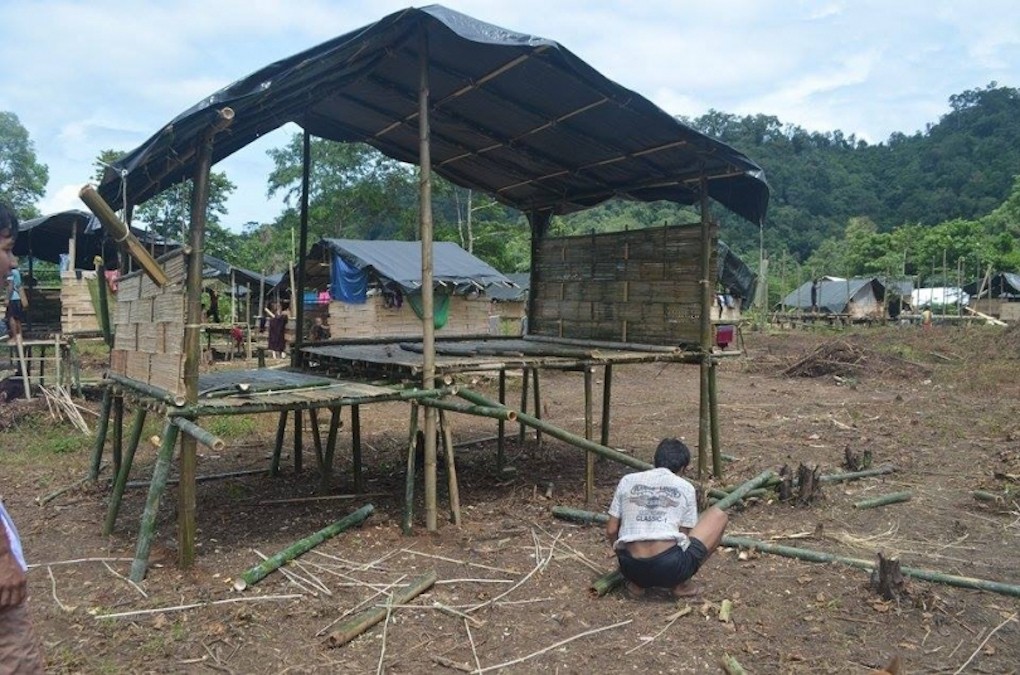VIETNAM has been making practical contributions to turning the Mekong sub-region into a dynamic and prosperous economic area via two crucial cooperation frameworks. That is according to the country’s Deputy Prime Minister and Foreign Minister Pham Binh Minh, who spoke before meetings of those cooperations, the 8th Cambodia-Laos-Myanmar-Vietnam Summit (CLMV-8) and the 7th Ayeyawady-Chao Phraya-Mekong Economic Coopera-tion Strategy Summit (ACMECS-7) which will be held in Hanoi on October 25 and 26.
Category: Region
Selected environmental stories from media outlets in the Mekong region and beyond.
Luxembourg offers 1 million euros grant to Mekong River Commission
THE government of Luxembourg has granted 1 million euros (about Bt39 million) to the Mekong River Commission (MRC) to support the implementation of its strategic work for the period of 2016-2020.
ADB approves $230 mln loan to help Vietnam improve power transmission
The Asian Development Bank on Thursday signed a loan agreement of $231.31 million with the Vietnamese government to help build and upgrade the transmission networks in the southern region.
This is the third out of four assistance packages in an investment program approved for Vietnam by the Manila-based bank in 2011.
Myanmar government and civil society hold landmark consultations on public participation in infrastructure development
Representatives from government and civil society jointly held the first-of-its-kind public consultations in Yangon to solicit feedback on draft Regional Guidelines on effective Public Participation in Environmental Impact Assessment processes. When finalized, the guidelines will help ensure that the voices of local people are heard about large-scale infrastructure development projects, such as dams, mines, power plants, and industrial zones, planned in their communities.
From dams to basins: mapping across scales
t the end of June 2016, WLE Greater Mekong published a series of maps identifying dams on the Irrawaddy, Salween, Mekong, and Red rivers and their tributaries. The maps cover existing dams, dams under construction, planned dams, and cancelled dams; both irrigation dams and hydroelectric dams are mapped, as long as they have a reservoir size of at least 0.5 km2 and/or have an installed capacity of at least 15 megawatts (for hydroelectric dams).
The following is the first half of an interview that took place on 8 July 2016, between Dr Kim Geheb—the WLE Greater Mekong Regional Coordinator — and the editor of Thrive. It is being published here in anticipation of the Great Mekong Forum on Water, Food, and Energy.
Environmental destruction is a crime: Vietnamese industry minister
Vietnamese Minister of Industry and Trade Tran Tuan Anh says pollution is a crime against the environment and calls on all major corporations to commit themselves towards environmental protection during their operations.
Power plant, coal mine, and mineral mine developers across Vietnam gathered on Thursday afternoon for a meeting to address environmental issues regarding their operations.
Thousands flee fighting near site of dam backed by Thailand
AS MANY as 10,000 people in Kayin State in Myanmar have been displaced due to fighting over the Hat Gyi Dam construction site, as plans move forward to begin building on the Salween River.
Activists have reported a human rights crisis in the area as more than 1,000 refugees have been trapped in two small villages near the border with Thailand and lack proper housing, basic facilities and food.
WB helps build environment data centre in Mekong Delta
Experts from ministries and the World Bank discussed the contents of a project on building a databse serving climate change adaptation in the Mekong Delta region at a workshop in Hanoi on October 5.
Jarai Say No to Ratanakiri Gold Mine
An insurrection led by ethnic Jarai villagers against the Kingdom’s first commercial underground gold mine, to be operated by Indian-owned Mesco Gold (Cambodia), looms over the green, serene remote hamlet of Plung, a few kilometers from the Vietnamese border, in Ratanakiri’s O’Yadaw district.
Lending loopholes expose World Bank to indirectly financing ‘coal boom’ in Asia
The lending arm of the World Bank is providing loans to institutions that finance the development of coal-based power projects, according to a new report. The projects not only pose an environmental risk to the planet, locally they destroy homes and displace communities. The loans subvert strong warnings from the head of the World Bank that expanding coal in Asia is a dangerous proposition.


